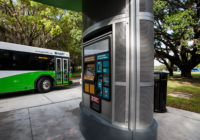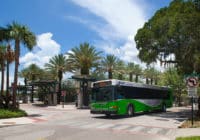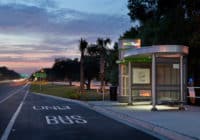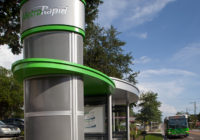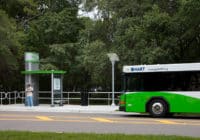HART Bus Rapid Transit (BRT) North-South MetroRapid
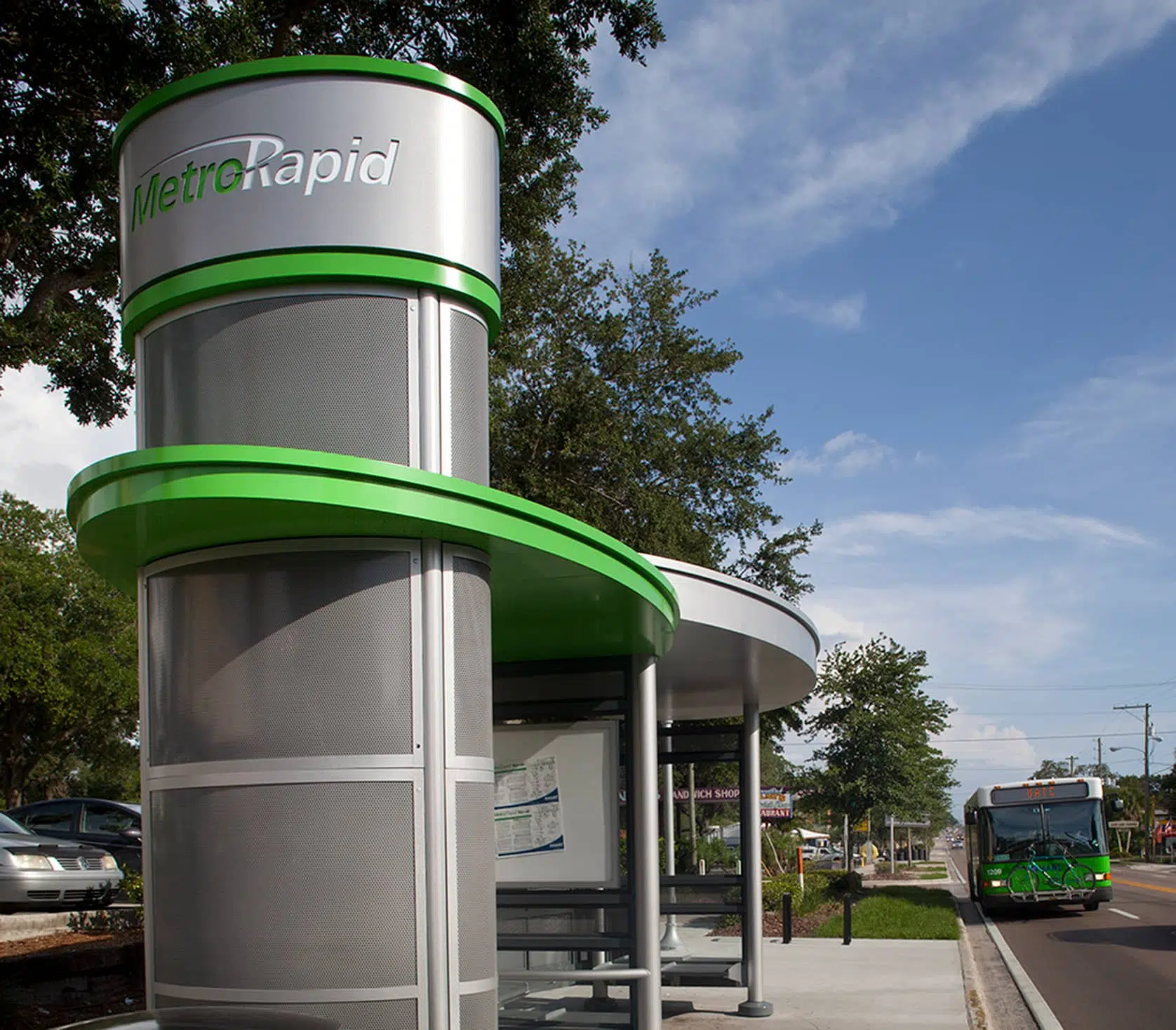
Kimley-Horn provided design services to implement the first bus rapid transit (BRT) project for the Hillsborough Area Regional Transit Agency (HART).
The North-South MetroRapid project is the first BRT project in the region and a first for Florida’s west coast. MetroRapid is HART’s signature BRT service providing additional passenger conveniences including enhanced buses, 10-minute headways during peak and 15 minutes during nonpeak, and traveler information systems. In total, the MetroRapid project spans 17.5 miles of roadway starting from HART’s main transfer station in the heart of the City of Tampa, Marion Street Transfer Station, and proceeds north to Fletcher Avenue to the University Area Transit Center.
35 signalized intersections were upgraded to provide transit signal priority (TSP) equipment, involving Naztec and Econolite controllers for Hillsborough County and City of Tampa. Communication system upgrades, the addition of ITS technologies including Off-Board Fare collection system and Traveler Information/Bus Arrival information at each station will be implemented, and other safety and security enhancements will be incorporated. Intersections along the corridor also were evaluated to upgrade existing ADA features, including new curb ramps, pedestrian features, and other safety improvements.
Transit signal priority was an essential component for the MetroRapid project and the associated far-side stations as TSP provides the greatest opportunity for maintaining schedules. However, several proposed stations do not accommodate far-side locations and result in near side stops. At these near side stops, queue jumps are provided where possible in order to provide a greater opportunity to maintain route schedules.
Kimley-Horn evaluated HART’s existing automated vehicle location (AVL), automated passenger counter (APC), ATIS, and TVM systems for integration with the proposed BRT route and was utilized to provided HART’s future riders with additional user information.
Public involvement activities were essential to the project including stakeholder meetings with local agencies and community groups to solicit community input. Many working groups and meetings were provided to ensure continuous feedback.
Since several stations required right-of-way acquisitions and negotiations with property owners, our team provided supporting documentation necessary to procure adjacent properties, including parcel sketches and right-of-way mapping along the route. In total, approximately 40 of the proposed stations required right-of-way acquisitions and were closely coordinated with HART’s right-of-way acquisition agent.
The MetroRapid system provides service for a minimum of 14 hours per day (5:30 am to 7:30 pm) and requires 14 BRT vehicles in operation at any one time with three spare vehicles available if needed.

